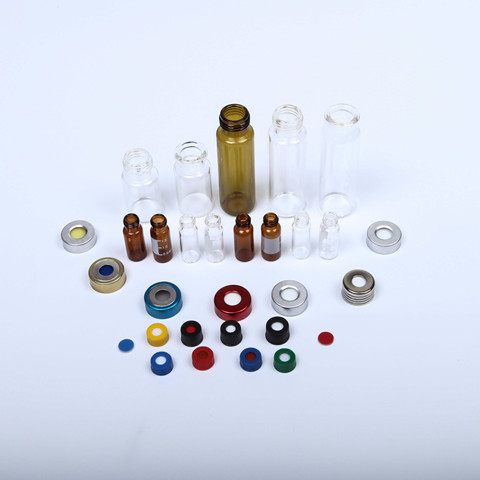If you are interested, please contact us!
Chen Yao, a researcher at the School of Pharmacy of Nankai University, and Zhang Zhenjie, a professor at the School of Chemistry, and Ma Shengqian, a professor at the University of South Florida, used biomolecular-inducing strategies to design and synthesize a class of chiral covalent organic framework materials. Successfully applied to chiral separation of small molecules such as various drugs and amino acids. The material has the characteristics of low cost, high efficiency and universality, and has completely independent intellectual property rights. As a new "breakup" weapon, it will greatly reduce the production cost of chiral drugs. Related research results were published online in German Applied Chemistry.
Liquid chromatography is one of the important means to obtain a single configuration enantiomer of chiral molecules chromatography vials. The chiral stationary phase with high chiral separation performance is the key to this technology. When a mixture containing a chiral molecule flows through a separation column, different isomers flow out at different times due to different amounts of force, thereby achieving the goal of chiral separation.
“In simple terms, the separation column in the liquid chromatograph is like a tunnel. The car with the same appearance and the same model looks like the car. The traffic police can allow the license car to pass quickly. If there is no license, it will be The traffic police investigation passed behind. In this way, the tunnel exit first appeared with licensed cars, and later appeared unlicensed cars." Chen Yao said that the most critical part of this is the "traffic police", that is, "hands Sexual stationary phase requires strong recognition, stability and efficiency.
In order to create a highly efficient new chiral stationary phase, Chen Yao's group introduced a series of biomolecules (lysozyme, tripeptide, amino acid) into covalent organic framework materials (COFs), and achiral COFs inherit biomolecules. The chiral features thus become chiral COFs, which in turn can be applied to the resolution of chiral molecules.
Chen Yao said that the results of the study showed that the performance of the Biomolecule® COF 1 chiral stationary phase obtained by the new strategy was significantly better than that of the conventional adsorption method for immobilizing biomolecules. “In the tunnel, an efficient and dedicated ‘traffic policeman’ – a new type of high performance liquid chromatography chromatography vials chiral stationary phase has been synthesized.”
Further research found that COF1 material has excellent chiral separation effect as a chiral stationary phase, and can be used in various separation modes such as normal phase and reverse phase, and the resolution Rs is more than 1.3. After continuous use for 2 months, after repeated injections for more than 120 times, the material still has the same separation effect as the initial state.
“This research provides great potential for the development of efficient and durable chiral stationary phases and the widening of the application of covalent organic framework materials in chiral separation and chiral catalysis.” Chen Yao introduced that the new materials are completely autonomous. Intellectual property, its application can greatly reduce the cost of the separation column, break the import dependence, and will greatly reduce the production cost of chiral drugs chromatography vials.
This is the end of the introduction of New high performance liquid chromatography chiral stationary phase for efficient separation of chiral molecules. I hope it can help you.